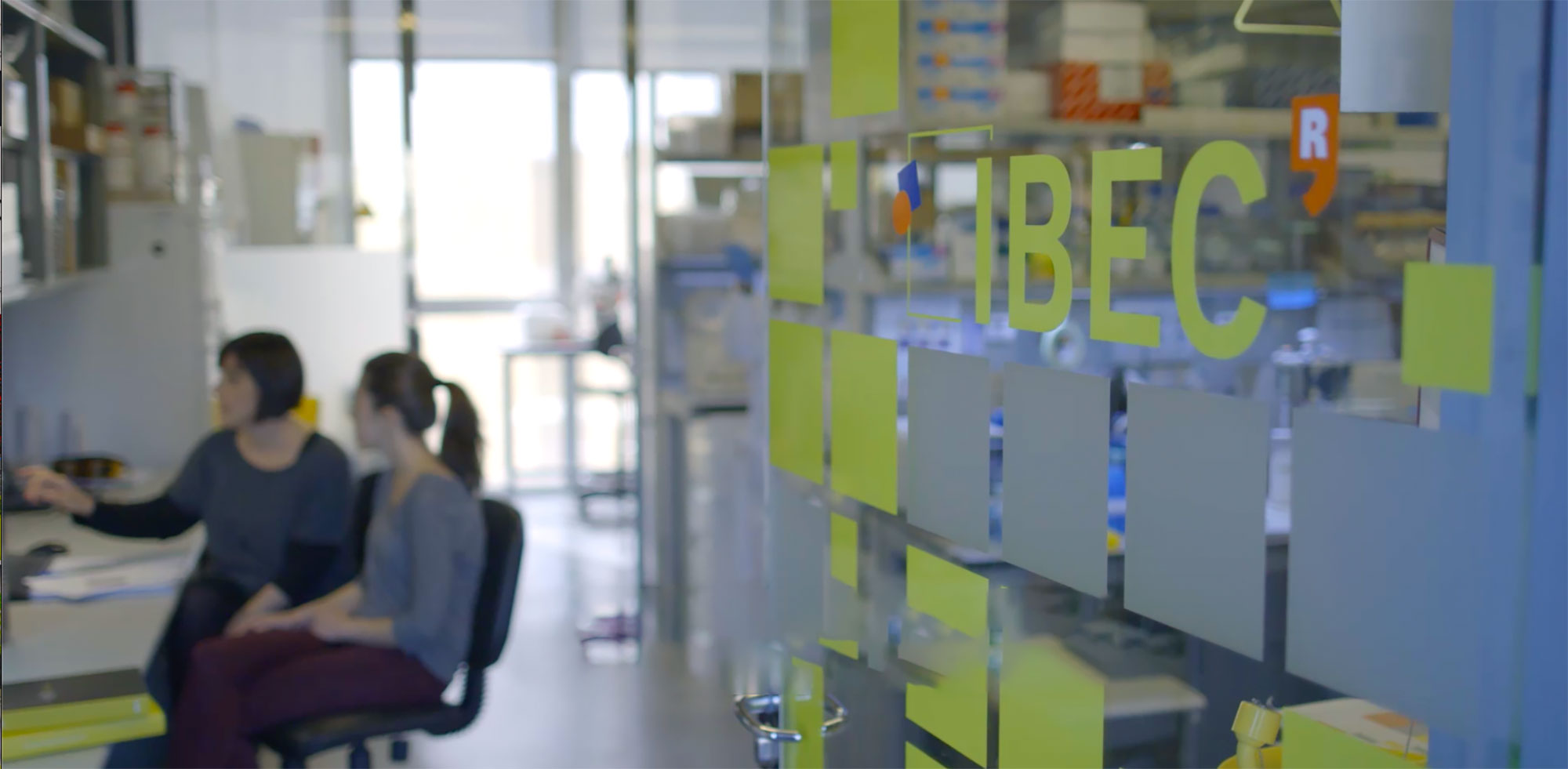Jinwei Lin
Staff member publications
![]() Lin, Jinwei, Guan, Qiaoxin, Feng, Jiangqi, Chen, Shuqin, Xu, Leilei, Guan, Jianguo, Sanchez, Samuel, (2025). Interactions Between Active Matters and Endogenous Fields ADVANCED MATERIALS , e03091
Lin, Jinwei, Guan, Qiaoxin, Feng, Jiangqi, Chen, Shuqin, Xu, Leilei, Guan, Jianguo, Sanchez, Samuel, (2025). Interactions Between Active Matters and Endogenous Fields ADVANCED MATERIALS , e03091 ![]()
Active matter, encompassing both natural and artificial systems, utilizes environmental energy to sustain autonomous motion, exhibiting unique non-equilibrium behaviors. Artificial active matter (AAM), such as nano/micromotors, holds transformative potential in precision medicine by enhancing drug delivery and enabling targeted therapeutic interventions. Under the demand for increasing intelligence in AAM, controlling their non-equilibrium processes within complex in vivo environments presents significant challenges. Endogenous fields-biological fields generated within living systems-play a pivotal role in guiding natural active matter's (NAM) directional migration and collective transformations, offering a strategy for in vivo control of non-equilibrium systems. Research in NAMs-inspired AAMs spans biology, chemistry, materials science, engineering, and physics, yet communication barriers among disciplines often impede progress. This review seeks to bridge these gaps by summarizing the key characteristics of chemical and physical endogenous fields in biological contexts such as tumors, wounds, and inflammation. It explores how natural and artificial active matter sense, transmit, and execute responses to these fields, and discusses how insights from natural systems can inform the design of synthetic counterparts. Potential issues and prospects of this research direction are also discussed. It is hoped that this review fosters interdisciplinary collaborations and propels the development of intelligent active matter for biomedical applications.
JTD
![]() Lin, Jinwei, Chen, Shuqin, Lezcano, Florencia, Li, Zhengshang, Xu, Leilei, Guan, Jianguo, Sanchez, Samuel, (2025). Collective Dynamics of Urease-Based Nanomotors in a Chemical Gradient Small ,
Lin, Jinwei, Chen, Shuqin, Lezcano, Florencia, Li, Zhengshang, Xu, Leilei, Guan, Jianguo, Sanchez, Samuel, (2025). Collective Dynamics of Urease-Based Nanomotors in a Chemical Gradient Small , ![]()
Gradients are widespread in nature, including within the human body, making the study of nanomotors' collective dynamics in gradients crucial to advancing biomedical applications and deepening the understanding of natural active matters. However, the comprehensive understanding of nanomotors' collective dynamics under gradients remains underexplored, particularly. This study employs urease-based nanomotors (UrNMs) as a model system to explore their collective dynamics within a urea gradient, revealing three fundamental principles that govern their behavior: density-driven convection, UrNMs' response to the urea gradient, and a coupling effect between UrNMs and their environment. Initially, migration is dominated by convection-induced motion arising from the steep gradient. As convection gradually diminishes, UrNMs' positive response to the urea gradient becomes the dominant factor governing their migration. Notably, the coupling effect between nanomotors and the gel, plays a crucial role in the migration process. This coupling effect arises from hydrogen bonding between product anions and the gel, which generates ionic gradients. The dominant influence of electric force is validated by pH-controlled experiments. These insights advance the fundamental understanding of gradient-responsive nanomotor behavior and offer inspiration for the design of intelligent, environment-sensitive active systems.
JTD

